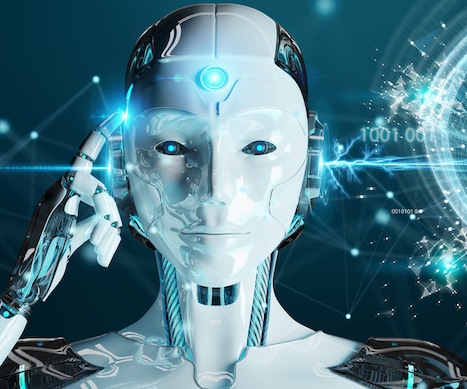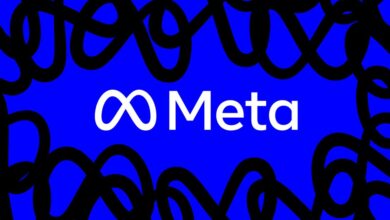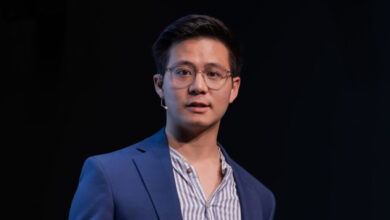Absorbing Generative AI into the Inventive Process

“The intersection of AI and patent law is not just a matter of legal debate but a pivotal moment in defining the future landscape of innovation.”
The U.S. Patent and Trademark Office’s (USPTO) recent Request for Comments (RFC) on the impact of artificial intelligence (AI) highlights a critical juncture in intellectual property law—evaluating the impact of generative AI (GenAI) on the non-obviousness standard. As GenAI technologies integrate deeply with human intellect, possibly even enhancing cognitive capacities, we must reassess what constitutes “progress” and the constitutional value that intellectual property law was envisioned to advance.
The Historical Perspective of Non-Obviousness
Traditionally, the non-obviousness criterion in patent law has guarded against patenting trivial inventions by setting a threshold that inventions must surpass. This standard has continually adapted, reflecting changes in technology and societal norms—from the era when inventors were limited to the physical resources around them to today’s digital age, where an inventor’s workshop extends to the breadth of the internet. In 1966, when the standard was reexamined by the United States Court of Customs and Patent Appeals, a would-be inventor would likely be limited to printed diagrams and instructions from a finite body of books and other publications. That is not the reality today.
The Internet and the Shifting Landscape of Non-Obviousness
There has always been a fight over the non-obviousness standard. The Supreme Court wants a framework that is more flexible and takes into account the average person’s knowledge of the subject, while the Federal Circuit may need a strict test that judges can use efficiently. Information technology, like the advent of the world wide web, augmented human intellectual processes. The inventive process could be accelerated with a simple internet search since the mid-90s. This ease of access to information has not only expanded what is considered prior art but also blurred the boundaries between different art spaces, pushing the limits of non-obviousness. It about this time that the Supreme Court acknowledged that some creativity is expected for the person having skill in an art area. The courts have wrestled with how to adjust legal standards to technological advancements, though they’ve made somewhat oblique references to the evolution of information technology in groundbreaking cases like KSR v. Teleflex.
Redefining Ingenuity
The integration of AI in the inventive process prompts us to define exactly what it is about invention that matters. The human/machine dichotomy is an illusory one and will fail; we’ve been using machines and automation in the inventive process in numerous ways before now; for example, the use of the internet or software functions that help with optimization in design. The elegance of the non-obviousness standard as a ‘technological razor’ for handling AI-assisted inventions is that as the ubiquity of GenAI systems increases, so does the level of ordinary skill. Therefore, as GenAI’s role in innovation becomes more common and pronounced, the baseline of ordinary creativity must evolve accordingly.
Practical Implications and Future Considerations
As we consider the future of AI in patent law, it’s crucial to recognize that any technology, be it typewriters, the internet, GenAI, or artificial reality, will inevitably cross the threshold from extraordinary to ordinary. The challenge lies not only in recognizing this evolution but in crafting a legal framework that can adapt to these rapid changes without stifling innovation. We propose redefining the ‘person having ordinary skill in the art’ (PHOSITA) to reflect widespread contemporary technological capabilities, including the widespread use of Generative AI tools. This update ensures that the non-obviousness standard accounts for the enhanced problem-solving abilities provided by current technologies. The USPTO should also publish guidelines for which GenAI tools are ubiquitous. A system trained on unique, highly specialized data may contribute to inventions that genuinely push technological boundaries, as opposed to those trained on broad, generic data sets that are freely available online.
Be Part of the Solution
The intersection of AI and patent law is not just a matter of legal debate but a pivotal moment in defining the future landscape of innovation. As we respond to the USPTO’s RFC, let us consider how the non-obviousness standard can best serve the dual goals of promoting innovation and preserving public domain knowledge in an era dominated by artificial intelligence.
The intellectual property community can contribute to this discussion by responding to the USPTO’s RFC. I invite you to read the full text of our law review article, “The Non-obvious Razor & Generative AI,” where we show where and how the law supports the evolution of the non-obvious standard that we propose and make practical prescriptions about USPTO examination procedures.




